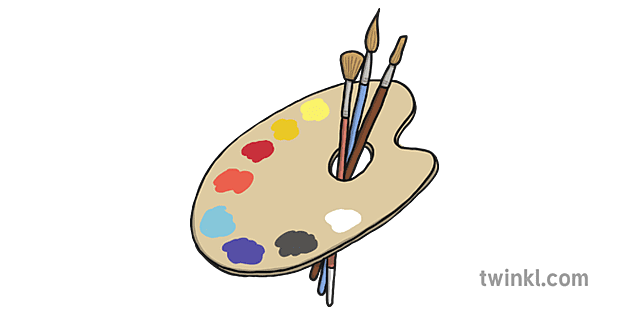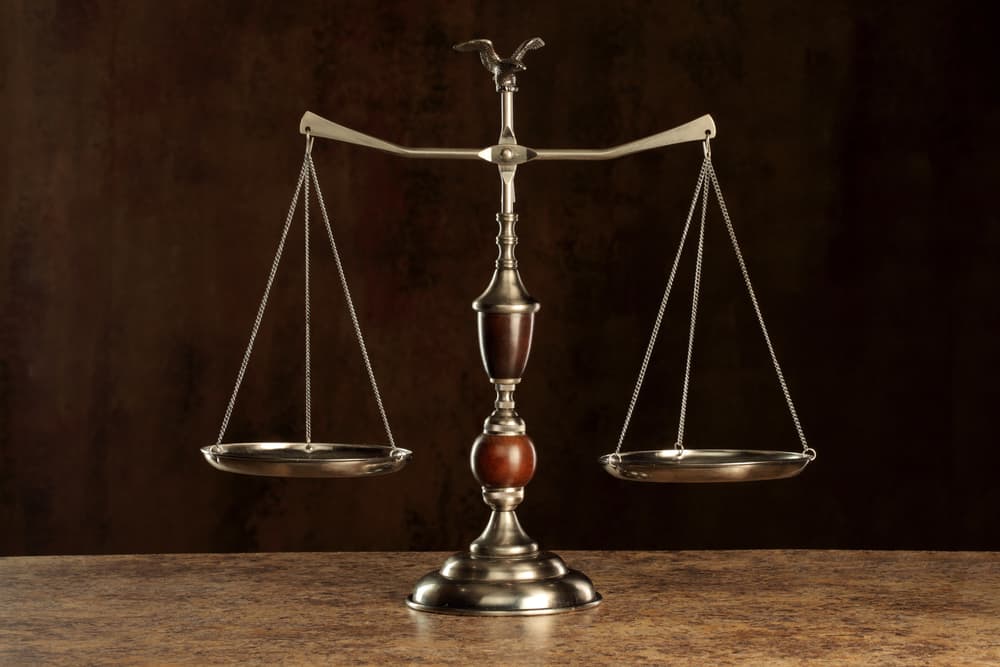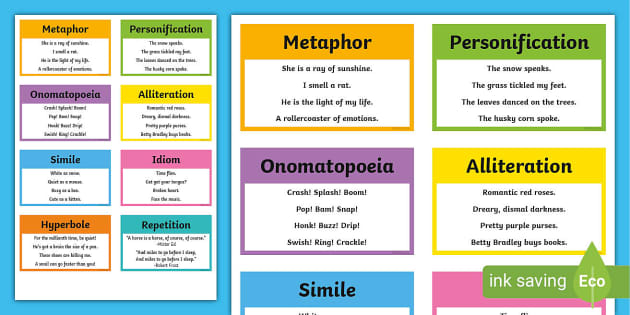
During Art, we have been learning about Content and Subject Matter as we have been learning their definition, and how they differentiate from each other despite their close similarities with each other, and after that brainstorming the possible Content and Subject Matter we may have in our Artwork.
Subject Matter is the object the artwork is trying to show and portray to you. An example of Subject Matter when there are trees around the painting, that is the Subject matter of the painting.
Subject Matter and Content are both pretty similar to each other, Content is a bit more complex than Subject Matter as Content is the reason why the artist portrayed the specific Subject Matter in the art, what it is trying to tell you.

An example of Content is Tracy Tawhiao painting Well Blood you see at the back of the painting aside from the fish, you can see some Moari languages placed there, which is the Subject Matter. But, while this is true, the reason and content of Tracy Tawhiao’s work, is to show an act of colonization on Moari, as they used the fish covering the words to help define that.
As for my Art, the Subject Matter I can add to my art is a scale, different cultures such as people, languages, symbols, and backgrounds/environment as the content behind it are based on equality, despiting differences from one thing to another.



